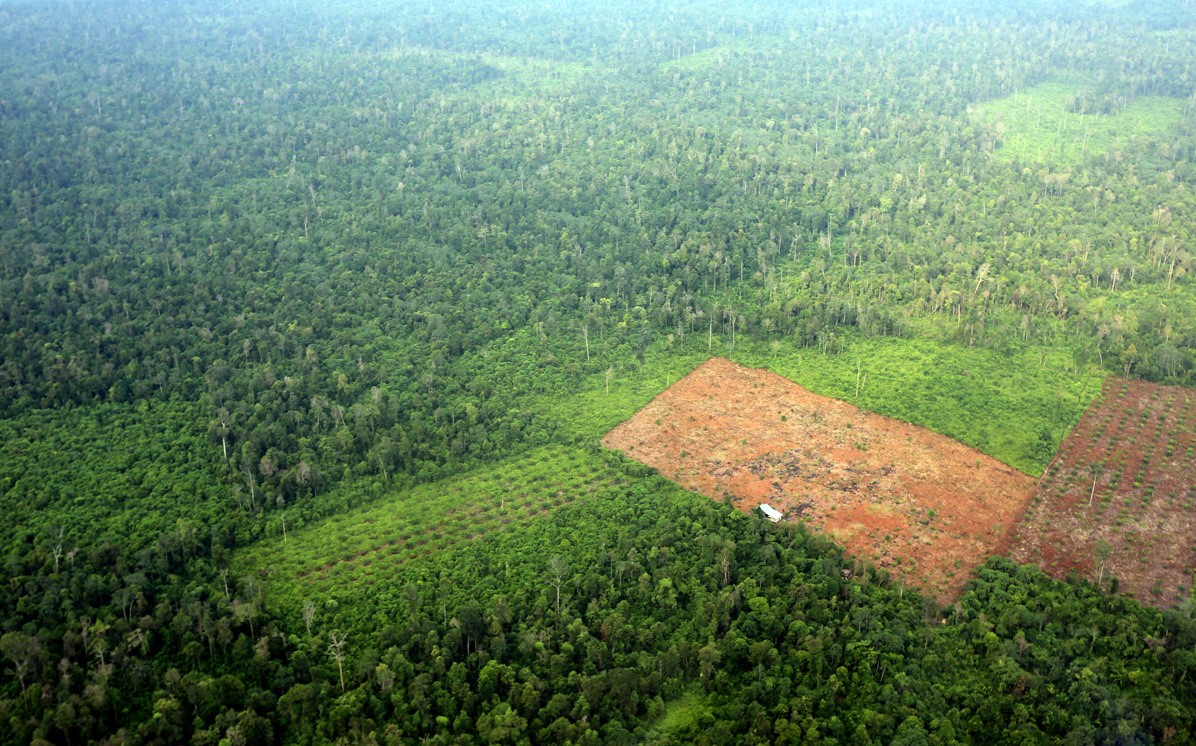services offered

Environmental Impact Assessment
EIA processes are undertaken in terms of the National Environmental Management Act, 1998 (NEMA) (Act No. 107 of 1998), as amended, and the EIA Regulations of 2014.
An EIA process must be undertaken before any activity that is listed in the EIA Regulations Listing Notice 2 of 2014 (as amended in 2017), may commence.
An EIA process includes full Scoping and Impact Assessment Phases, and may, as an indication, take between 12 and 18 months to complete.
Basic Assessment
BA processes are undertaken in terms of the NEMA, 107 of 1998, and the EIA Regulations of 2014 (as amended in 2017).
A BA process must be undertaken before any activity that is listed in the EIA Regulations Listing Notices 1 and 3 of 2014, commence.
BA processes are usually less complex or contentious than the bigger and longer Scoping and EIA processes, and usually takes approximately 6 to 9 months to complete.


Public Participation
In terms of the NEMA, NEM:WA or NEM:AQA authorisation processes, Public Participation is an integral part of process to be conducted.
Chapter 6 of the EIA Regulations of 2014 (as amended in 2017) stipulates the public participation process that is required as part of an EIA or BA process.
At Core Environmental Services, we design tailor-made public participation processes to suit a projects’ specific needs which complies with the relevant legislation and guidelines.
Core Environmental Services is competent and experienced in conducting public and focus group meetings.
Environmental Management Programme
An Environmental Management Programme (EMPr) is compiled with due consideration of the NEMA, and must comply with section 24N of the Act.
An EMPr is usually required as part of an EIA or BA process to mitigate any impacts identified during the environmental impact assessment process.
An environmental management programme (EMPr) describes the proposed development and identifies potential mitigation measures to minimize negative impacts and to promote positive impacts of the proposed development.


water use licencing
According to Section 21 of the National Water Act 36 of 1998 (NWA 36, 1998), a Water Use License must be applied for if any of the following water uses are triggered:
a) abstraction of water from a water resource;
b) storage of water;
c) impeding or diverting the flow of water in a watercourse;
d) engaging in a stream flow reduction activity;
e) engaging in a controlled activity;
f) discharging waste or water containing waste into a water resource through a conduit;
g) disposing of waste in a manner which my detrimentally impact on a water resource;
h) disposing of water containing waste or water which has been heated in any industrial or power generation process;
i) altering the bed, banks, course or characteristics of a watercourse;
j) removing, disposing or discharging of water found underground for the continuation of an activity or for the safety of people;
k) Using water for recreational purposes.
Environmental Control Officer
ECO services are normally required once a project has been authorised by the respective Decision Making Authorities, and once construction commences.
As a condition of the Environmental Authorisation, an independent ECO must, in most cases, be appointed by the Applicant (holder of the Environmental Authorisation) to oversee implementation of the approved EMPr and compliance with any authorisations or licences during the construction phase of the project.


NEMA Section 24G Applications
A Section 24G application is normally needed when a person –
a) has commenced with a listed or specified activity without an environmental authorization in contravention of section 24F(1) of the NEMA;
b) has commenced, undertaken or conducted a waste management activity without a waste management licence in terms of section 20(b) of the National Environmental Management: Waste Act, 2008 (Act No. 59 of 2008), as amended;
c) has commenced, undertaken or conducted an activity related to air quality without an atmospheric emission licence in terms of section 22 (a) and (b) of the National Environmental Management: Air Quality Act, 2004 (Act No. 39 of 2004), as amended.
Waste Management Licences
WML applications are undertaken in terms of the National Environmental Management: Waste Act, 2008 (NEM:WA) (Act No. 59 of 2008), as amended, the Waste Classification and Management Regulations of 23 August 2013: Government Notice No. 634, and the List of Waste Management Activities of 29 November 2013: Government Notice No. 921 (Categories A, B and C).


Atmospheric Emission Licences
AEL applications are undertaken in terms of the National Environmental Management: Air Quality Act, 2004 (NEM:AQA) (Act No. 39 of 2004), as amended, and the List of Activities of 22 November 2013, Government Notice No. 893.
